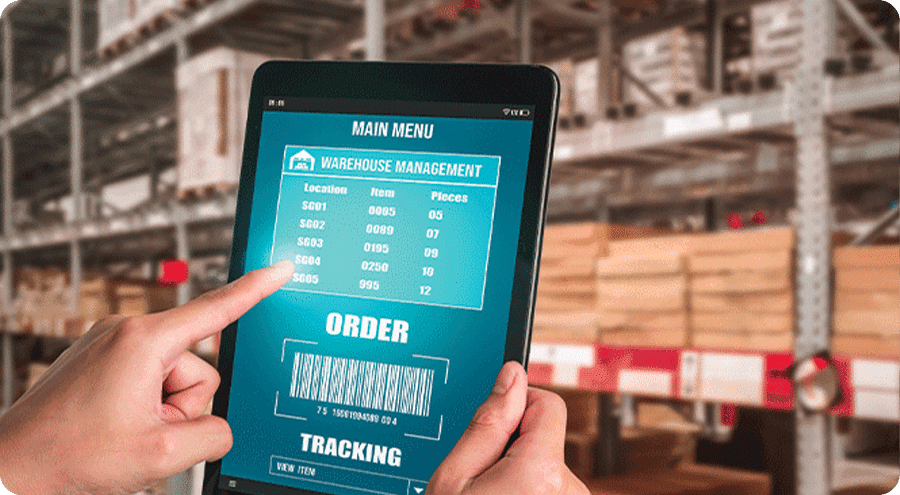Making Your Warehouse Facility Smarter with Advanced Software
Inbound
- - ASN invoice
- - Quality Check
- - Put away
Inventory
- - Cycle count
- - Bin to bin
- - Replenishment
Outbound
- - Order management
- - Wave/waveless planning
- - Picking / consolidation / dispatch
Integration
- - ERP
- - OMS
- - TMS
- - Dock & yard management
Reporting
- - Dashboard
- - Productivity
- - Labour Efficiency
ASRS
- - Put away optimisation
- - Retrieval workload balancing
- - Compaction Storage Optimisation
Conveyors
- - Routing optimisation
- - Divert request & confirmation
- - Exception routing
Picking
- - Pick path optimisation
- - Multi-modularity picking lights/voice GTP/scanners
- - Bin picking
Sortation
- - Automated put wall consolidation
- - Dynamic order assignment
- - Sortation Optimisation
Orchestration
- - Integrates different automation subsystems
- - Reporting & operational analysis
- - Error handling and recovery
Devices integration
- - Communication & translation layer
- - Device/MHE agnostic
- - Error handling & reporting
Sensing & Scanning
- - PLCs
- - Scanners
- - Sensors
Devices
- - Shuttles
- - Lifts
- - RGVs
- - Automated Put wall sortation
- - PTL/PBV
- - Printers
Connecting Layers
- - Bluetooth
- - Socket connection
- - OPC protocol
- - REST API based integration
Fleet Manager
- - Health management
- - Mission Management
- - Operational Control
Path Planner
- - Obstacle avoidance
- - Dynamic path planning & assignment
- - Load balancing
Task Manager
- - Task control dashboard
- - Task status management
- - Reporting analytics
Battery Manager
- - Opportunistic charging
- - Optimised charge cycle management
- - Battery health
Stimulation Statistics
- - Average vs peak demand simulation
- - Operational training module
- - Throughput & efficiency calculation









